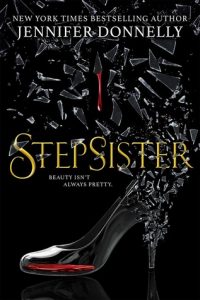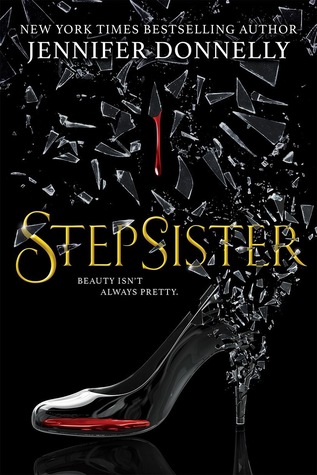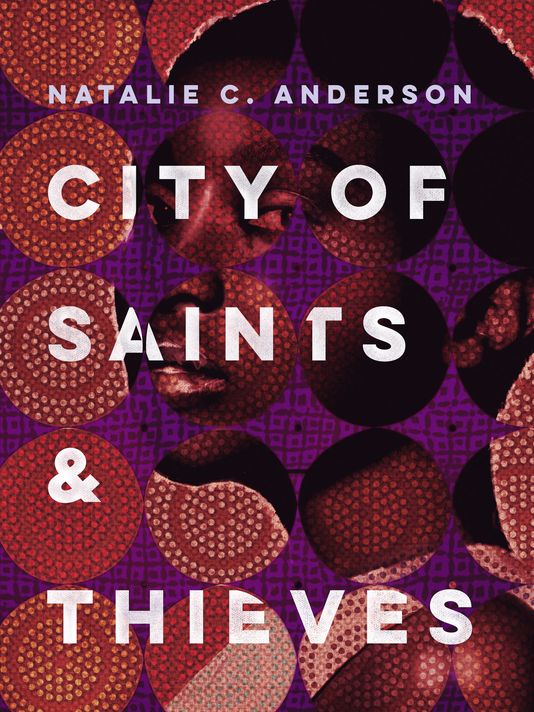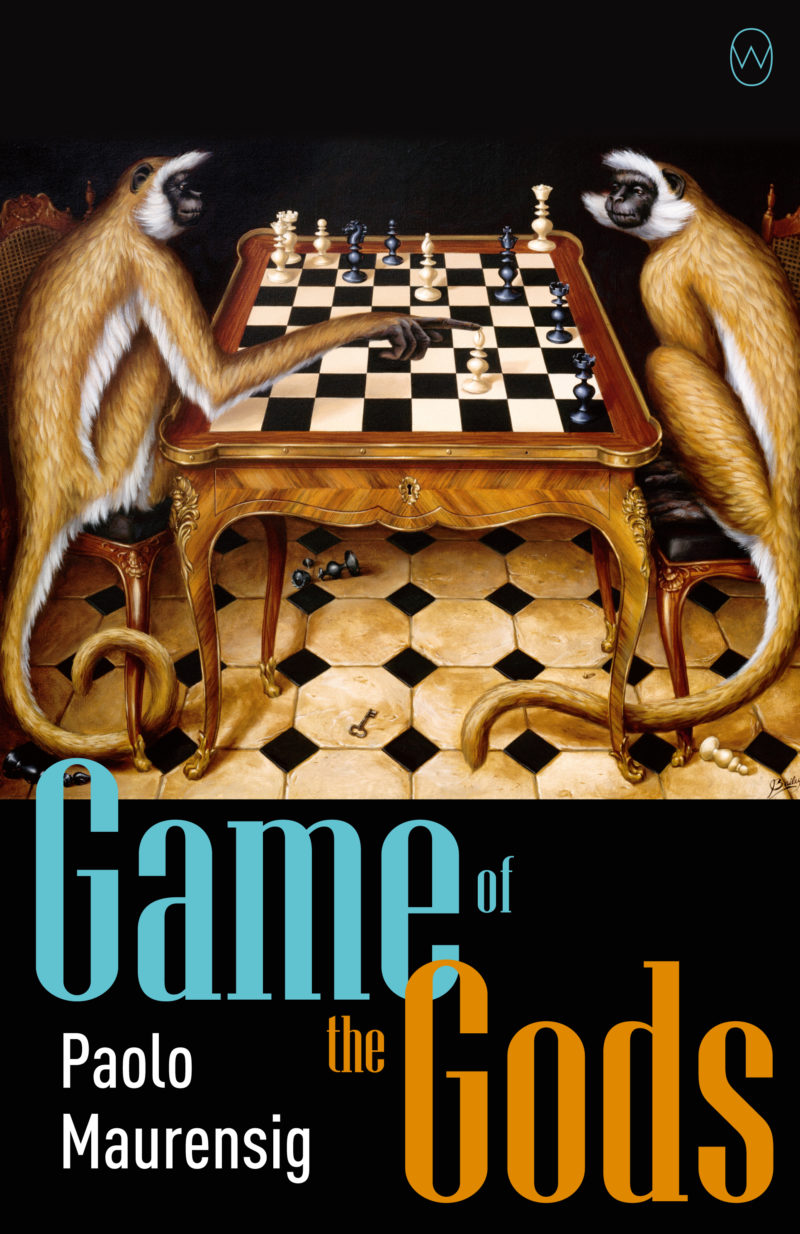 In Stepsister, author Jennifer Donnelly twists a fairy tale we think we know to focus not on the kind, beautiful Cinderella, but on her sister Isabelle – who cuts off her own toes to try and fill Cinderella’s dainty shoes. The novel picks up just after Isabelle’s deceit has been discovered, as Cinderella is being whisked away by the handsome prince. Cinderella may be on her way to “happily ever after,” but Isabelle has to try and pick up the pieces of her life – a task made even more difficult by the fact that the whole town now hates her.
In Stepsister, author Jennifer Donnelly twists a fairy tale we think we know to focus not on the kind, beautiful Cinderella, but on her sister Isabelle – who cuts off her own toes to try and fill Cinderella’s dainty shoes. The novel picks up just after Isabelle’s deceit has been discovered, as Cinderella is being whisked away by the handsome prince. Cinderella may be on her way to “happily ever after,” but Isabelle has to try and pick up the pieces of her life – a task made even more difficult by the fact that the whole town now hates her.
Unbeknownst to Isabelle, Chance has taken an interest in her, and is now locked in a battle of wills with one of the Fates for Isabelle’s destiny. Chance believes that Isabelle can become a hero; Fate is sure she’ll die selfishly – and soon. Both do their best to sway Isabelle’s future, but ultimately only one person can decide her fate: Isabelle herself.
Most of the time, we prefer not to think about the dark roots of fairy tales. Not only do we prefer Disney versions to Grimm’s, but we also conveniently forget that part of the original purpose of many of these tales was to control young women and dictate how they should behave. If you are submissive, generous, forgiving, and – most of all – beautiful despite all hardship, you, too, will find love. And if your “ugly stepsisters” stand in your way, they will be derided by listeners and readers for all time.
What Donnelly aims to do in Stepsister is foreground some of these more sinister motives, driving home the fact that if a young girl has spent her whole life being told not only that she is ugly but also that her interests – horseback riding, military history, and swordplay – are shameful, unsuitable activities for a desirable woman, she might just turn out to be kind of mean. This novel spends a lot of time unpacking how societal expectations and unrealistic beauty standards did and do force women and girls to repress vital parts of their identities and, in Isabelle’s case, even mutilate their bodies in order to conform. At the same time, Isabelle’s past bad behavior isn’t excused; she still has to learn how to be a good person, even as she realizes she’s been living in a world that oppresses her.
I’m totally on board with all of the ideological work this book sets out to do, but I’m also happy to report that I found it a captivating read. Donnelly’s dual narrative, which alternately follows Isabelle and the personified entities of Chance and Fate as they try to help and thwart her, respectively, keeps the story lively. I also loved the supporting characters of the other “ugly” stepsister, Tavi, and Isabelle’s swoon-worthy love interest, Felix. Stepsister is a fairy tale that critiques fairy tales but is still for people who love fairy tales – I’ll take it.
A copy of this book was provided by the publisher, Scholastic, for review.



